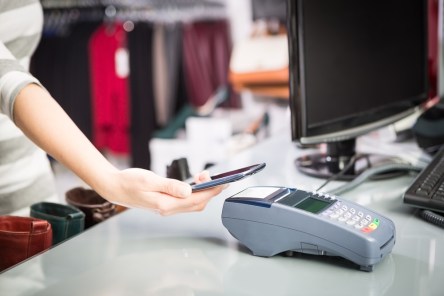The battle for territory in the mobile payments sector is heating up. The ability to pay at the cash register with just the smartphone is motivating other mobile armies to take a stand, especially after Apple Pay was launched with the iPhone 6 and iPhone 6 Plus. Apple Pay proved to be easy to use; the user simply needs to hold the iPhone near the contactless reader with the finger on the Touch ID and the Near Field Communication antenna in the Apple device will do the rest. Apple Pay is secure; the company uses a Secure Element chip that encrypts user data in such a way that is preventing the company and curious eyes from getting it. The only parties that see the transaction details are the banks, credit card companies and the merchants that are directly involved in the purchase. According to Apple, a unique device number is “assigned, encrypted and securely stored” to each phone instead of the actual credit card number. Moreover, each individual transaction features a one-time dynamic security code number, too. Even though Apple Pay is limited to the users who own iPhone 6 and iPhone 6 Plus models, mobile payments have been increasing – the Business Insider research shows that “payments made through Apple Pay accounted for between 0.1%-1.6% of transactions at five top retailers in the month following the launch of the feature.” The results might seem like a small fraction, but for a brand new platform in its first month, this is actually good progress. Joining in is Google who announced partnering with Softcard, a joint venture between Verizon Wireless, AT&T and T-Mobile, to expand the reach of Google Wallet mobile payment service. In accordance with the deal, Google acquired Softcard’s technology, and the US...

